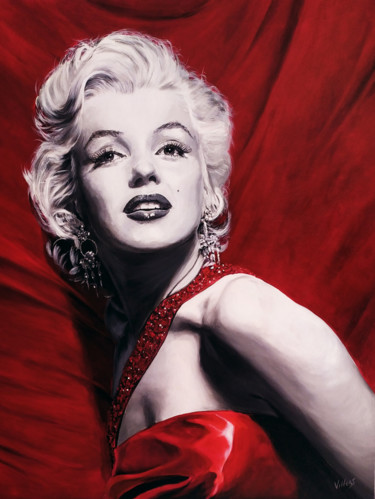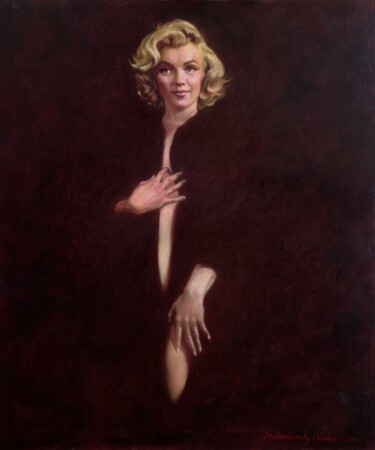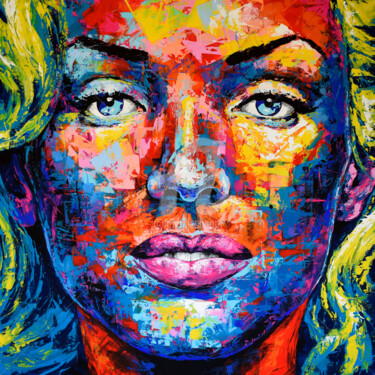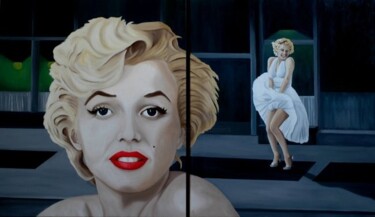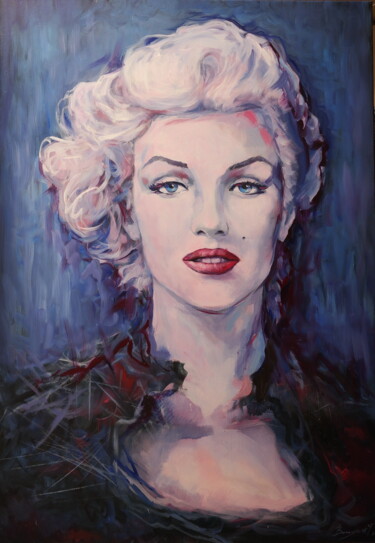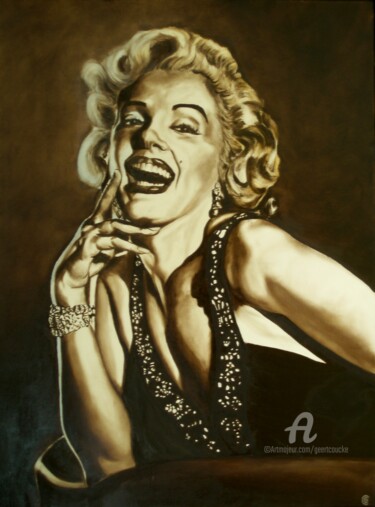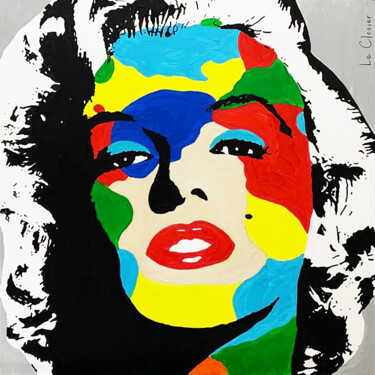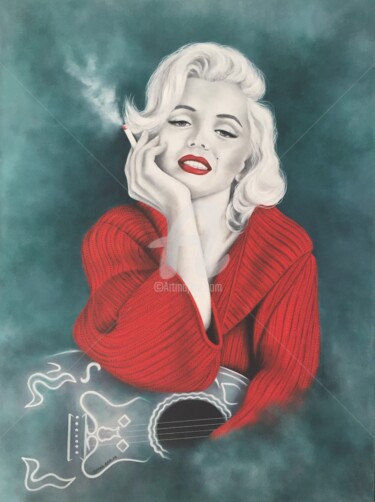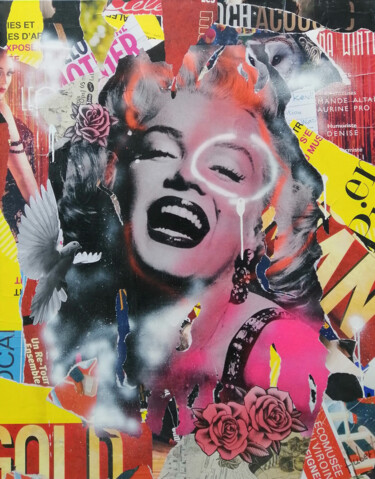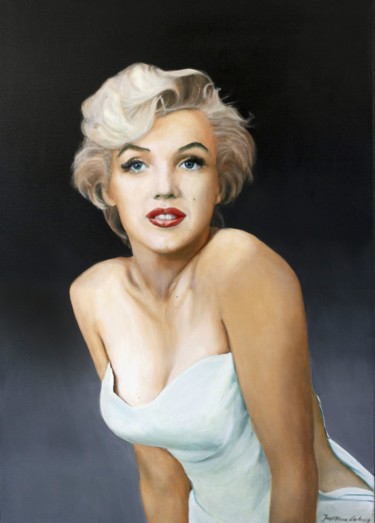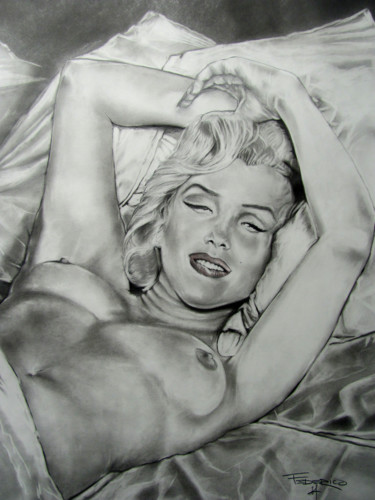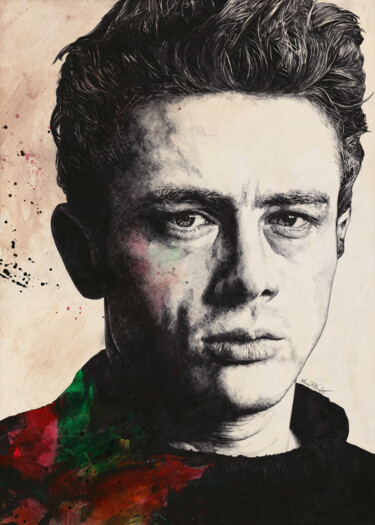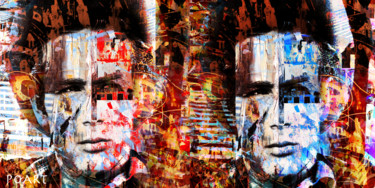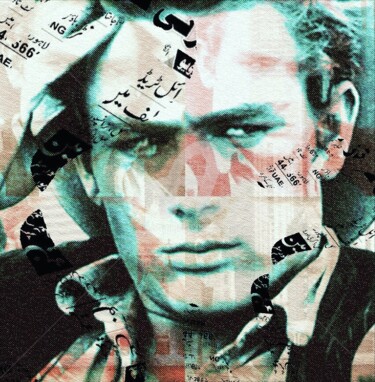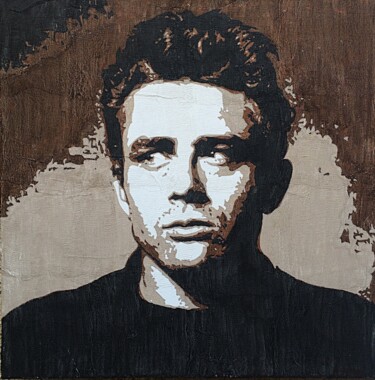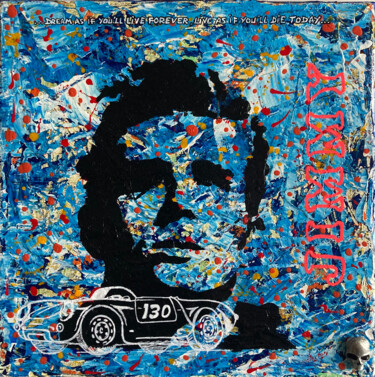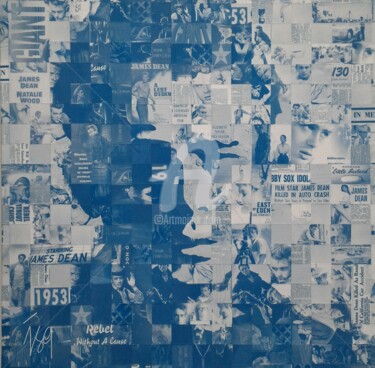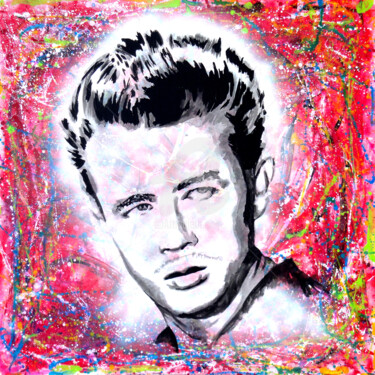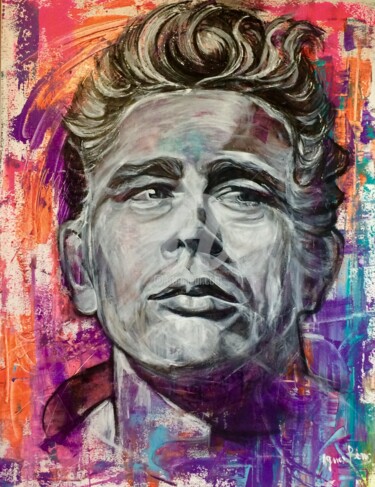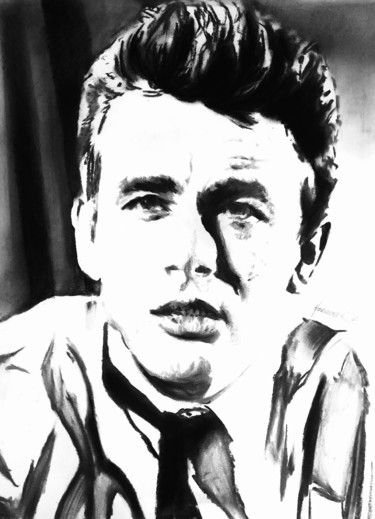Some photographs capturing Clark Gable with dogs @thejoyofsound
What is the source of our compulsive "hunger" for gossip?
The cult of celebrities, as we know it today, is a phenomenon born and developed during the twentieth century, which consists of the process of "deification" of an individual, whose image becomes a symbolic icon and ubiquitous in the lives of ordinary people. This cult is closely linked to certain characteristics of the consumer society, such as the development of mass media and the increase in leisure time, which have favored the increase in media exposure of the lives of famous people, in order to entertain and satisfy the curiosity of consumers. But what is this "hunger" for gossip that we have? The seemingly immortal perfection of celebrities offers us a convenient, simple and painless escape from reality, which, while also fostering a healthy sense of cultural belonging, is able to bind us more to the community of individuals. Unfortunately, the easy access we have today to the images of the "stars" has determined such an addiction that the aforementioned "power" is largely reduced. However, in the past, celebrity portraiture was often the only means by which fans could "connect" and gain further information about their favorites.
Boris Karloff in makeup as Frankenstein, circa 1931. @frankesteinfinds
Photographs, celebrities and gossip: a long love affair
Although the link between photography and celebrities is historical and indissoluble, never as much as today, thanks to the advent of the Internet and platforms such as Facebook and Instagram, our understanding of famous people is shaped through photographic images. Taking a brief excursus regarding the history of the aforementioned relationship, the first photographs that portrayed important people did so within photo studios, capturing them in very formal poses. Later, as camera shutter speeds increased and technology advanced, new ways of portraying celebrities were experimented with, resulting in carefully structured portraits, sometimes aimed at revealing the personality behind the famous face. It is precisely this latter intent that distinguishes photography from the middle of the twentieth century, pursuing the aim of satisfying the public's growing curiosity about the "kings" and "queens" of Hollywood. In this context the intimate photo of Clark Gable in the company of his Irish Setter was born, which taken around 1941, it provides some information about the character and personal life of the American actor, breaking down the boundaries between viewer and subject. Subsequently, another type of celebrity photography that became popular is the one in which the actor is immortalized dressing up as his most famous character, such as the image of Marlon Brando playing Stanley Kowalski or Boris Karloff in Frankestein makeup. On other occasions, photographs have been able to capture a fleeting moment that has subsequently become iconic and viral, such as photographer Michael Putland, who captured David Bowie during one of his performances, and Sam Shaw, creator of the famous photo of Marilyn Monroe in a fluttering skirt.
Sam Shaw, Marilyn Monroe during the filming of The Seven Year Itch, 1954. @marilynmonroe
Behind the scenes: Marilyn Monroe's flying skirt
Precisely in 1954, or about sixty years ago, the American actress Marilyn Monroe, during the filming of the movie The Seven Year Itch, hypnotized a crowd of curious spectators with the seductive fluttering of her iconic white dress. At this point, a spontaneous question arises: how come this image is familiar even to those who have not seen the aforementioned film? The answer lies in the photographs taken by Sam Shaw, which immortalized this sensual event forever. According to the sources of the time, the idea of these images was born from an explicit request of the photographer who, as a friend of Marilyn for some years, asked the director of the film, Billy Wilder, to make some scene photos to use them as a means of promotion of the film. As for the idea of the fluttering skirt, it is also to be attributed to Shaw, who had already used a similar trick in a previous successful photo shoot. Therefore, behind the photographic masterpiece known to us all, there are the study, the research, the experimentation and the reflection of a great professional, aimed at pursuing the purpose of obtaining a great and immortal media success.
Denni Stock, James Dean in Times Square, 1955. @stoned_n_hungry_
Behind the scenes: James Dean in Times Square
Another of the most iconic images of the 20th century is certainly the photograph made by Dennis Stock in 1955, which immortalized the American actor James Dean intent on walking through Times Square (New York), while wearing a long coat and clutching a cigarette between his teeth. This masterpiece of photography was born from Dean's meeting with Stock, which took place in the '50s at a party organized by director Nicholas Ray, at the Chateau Marmont hotel in Los Angeles. It was during this occasion that the actor invited the photographer to a preview of his new film, East of Eden. Stock, impressed by the performance of this young up-and-coming talent, suggested that Dean create a visual biography, a series of photographs documenting the actor's life: from his roots in Indiana, to the theaters of New York, to his rise in Hollywood. The Times Square photo represents one part of this innovative project, which has become one of the best known in the history of cinematic photography. Finally, the New York image is also distinguished by the objective pursued by Stock: to make Dean leave his characters, capturing the man and not the actor.
Contemporary art: innovative interpretations
The artists of Artmajeur couldn't resist the idea of providing us with contemporary and very personal interpretations of the iconic photographs of Marilyn Monroe and James Dean, engaging in the execution of colorful and innovativeness paintings, aimed at giving new life to the great cultural tradition of the 20th century. This should come as no surprise to us, since photographic subjects and perspectives have often influenced the conception and creation of works of art, just as many photographs have had as their subject images that literally look like paintings.
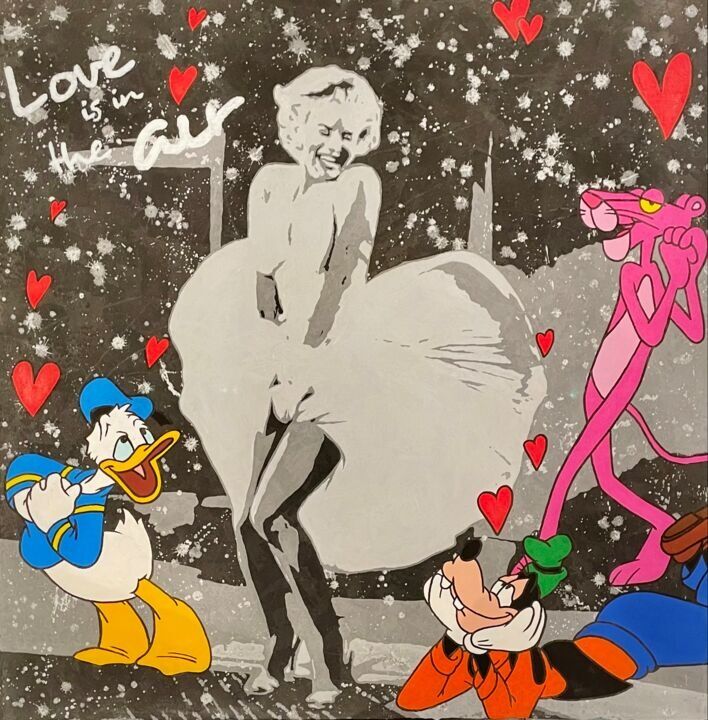 Yury Korolkov, 293, 2021. Acrylic / marker / tempera on canvas, 100 x 100 cm.
Yury Korolkov, 293, 2021. Acrylic / marker / tempera on canvas, 100 x 100 cm.
Yury Korolkov: 293
The painting on canvas by Artmajeur's artist, Yury Korolkov, offers us a nice reinterpretation of Sam Shaw's photographic masterpiece, where the new presence of colorful cartoons, intent on observing with great admiration the sensual American actress, ironically alludes to the crowd of lucky spectators of the filming of The Seven Year Itch. Consequently, Korolkov's interpretation, enriched also by the presence of red hearts and allusive writings, lends itself to re-propose, with a contemporary language tending towards Pop Art, the great impact that the beauty of the American actress had on the masses of the twentieth century. Finally, in the very studied conception and realization of 293, Marilyn Monroe has been purposely immortalized, like the background behind her, in shades of black and white which, indefinite and timeless, are perfect for giving eternity to the Iconic actress.
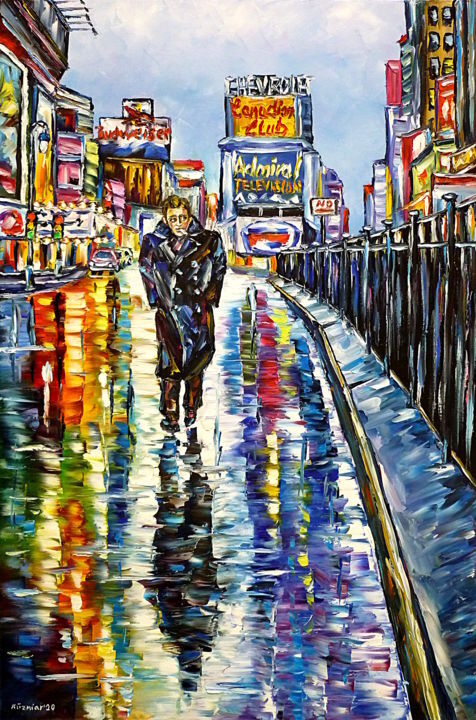 Mirek Kuzniar, James, 2020. Oil on canvas, 90 x 60 cm.
Mirek Kuzniar, James, 2020. Oil on canvas, 90 x 60 cm.
Mirek Kuzniar: James
The painting on canvas by Artmajeur's artist, Mirek Kuzniar, represents a highly original interpretation of the famous photograph of James Dean in Times Square, where an intense pseudo-expressionist style, rich in bright colors, immerses the American actor in an almost contemporary atmosphere, within which the bright signs of consumer society triumph. In fact, in this new chromatic context Dennis Stock's masterpiece definitively loses its timelessness, to tell us a story perfectly adaptable to our daily routine. In this way, the work of the artist from Artmajeur represents a new, innovative and original key to interpreting the iconic photograph of the 1950s.

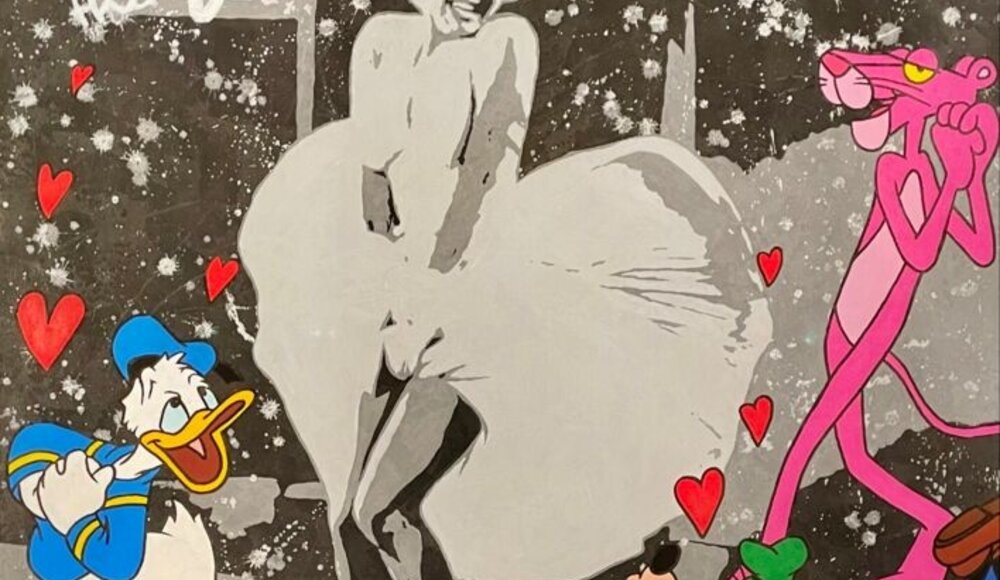
 Olimpia Gaia Martinelli
Olimpia Gaia Martinelli
